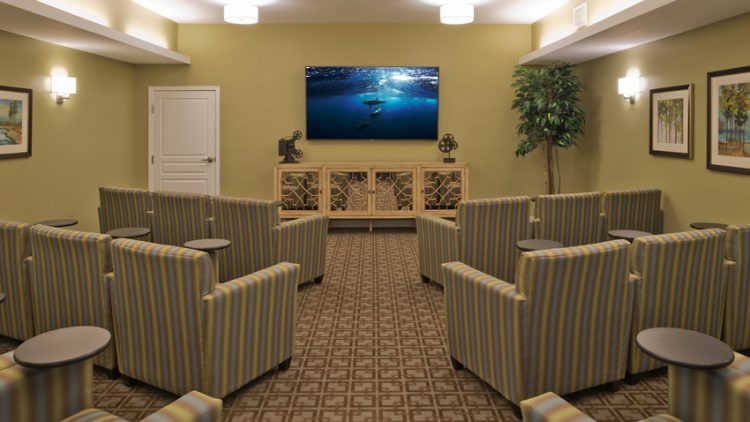Why Walking Is Great For Seniors
All you need to do the most basic form of exercise, walking, is some comfy clothing and a good pair of shoes. You don’t need a gym, a teacher, or an expensive exercise machine. You can just use your neighborhood or a park and a path. You can even bring your dog! And even better, walking workouts for seniors are one of the best ways to improve your health generally, especially for older people.

Advantages of Walking
- Makes muscles stronger
- Supports a good weight.
- Lowers blood pressure
- Makes bones stronger and helps stop osteoporosis from happening
- Joint health and sleep are both improved by.
- Reduces the chances of getting heart disease, stroke, colon cancer, and diabetes.
- Improves balance and rhythm, which helps keep you from falling.
- Makes the defense system stronger
- Increases your energy
- Makes anxiety and sadness less of a problem.
- Makes you feel good about who you are
These benefits allow you to live safely and independently in your own house. Research has found that it might also slow the loss of cognitive abilities and dementia.
Getting Ready to Walk
If you are a senior and are just starting to do daily walks as exercise, please talk to your doctor first. If they have any worries about you walking for exercise, ask them what else you could do to stay healthy and busy.
If you are going to start walking, you should begin with a slow pace, especially if you haven’t moved in a while. Start by walking for 10 minutes each day, and see if you can slowly increase your walking time to 30 minutes each day, five days a week. The pace shouldn’t be too hard. Walking at a low intensity level can help you. There are different ways to describe that amount of exercise. A person who is moderately active can talk but not sing while they exercise.
Taking Daily Walks
If you start a walking program and then begin to have signs such as the following, you should see your doctor right away:
- Lightheadedness
- Pain in the chest
- Breath that is hard to take
- Losing weight you didn’t mean to lose
- Wounds that don’t heal
It’s normal for your muscles to hurt a little after starting a new workout, but if you feel pain anywhere in your body that doesn’t go away, that’s a danger sign. Talk to your doctor or a podiatrist if you have problems with your feet.
Wear walking shoes that are comfy and fit well. Also, if you use a cane or a walker, they can help you balance and take some of the weight off your knees. But don’t let a walker or a cane stop you from going.
Research shows that walking helps older people live longer and better. Try to add some steps to your daily routine!
Find Quality Assisted Living With SLS Communities
If you’re looking for the very best assisted living in Phoenix; SLS Communities can help! We have 5 locations in the Phoenix Valley that seniors and their families can choose from for assisted living services. With great amenities such as meticulously manicured landscaping, pools, theater rooms, on-site salons, and much more SLS delivers seniors the very best assisted living services in Phoenix, Arizona.
Check out our locations below
For more information about assisted living and senior living services please call 480-348-0300.









